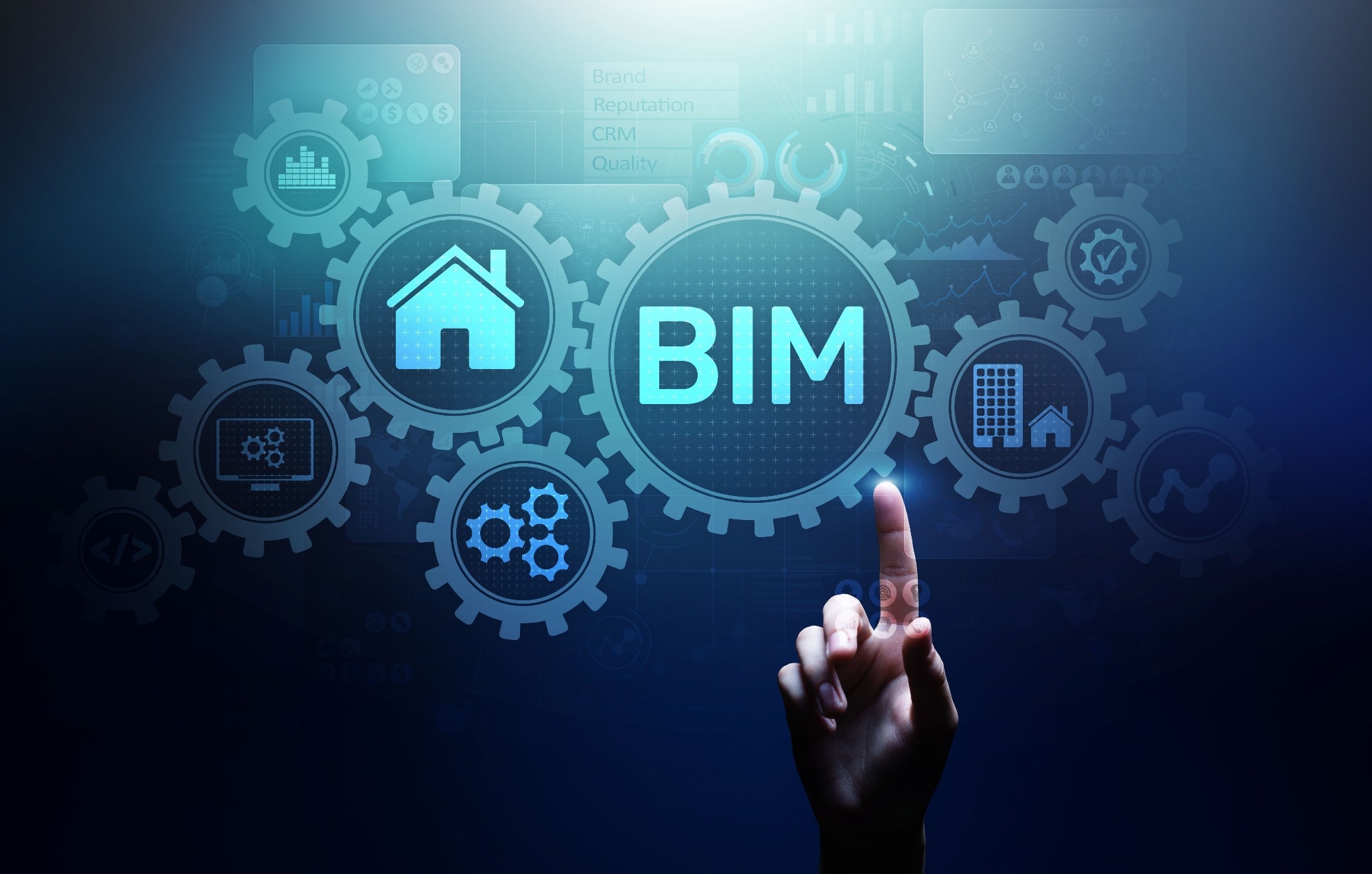 By Nidhi DhullReviewed by Susha Cheriyedath, M.Sc.Nov 7 2024
By Nidhi DhullReviewed by Susha Cheriyedath, M.Sc.Nov 7 2024A recent article in Sustainability explored the integration of Brain-Computer Interfaces (BCIs) and Building Information Modeling (BIM) within residential architecture, examining their combined potential to foster neuro-responsive, sustainable environments in Construction 5.0. The study utilized real-time BCI data alongside subjective occupant evaluations to assess experiences within these advanced spaces.
 Study: Construction 5.0 and Sustainable Neuro-Responsive Habitats: Integrating the Brain–Computer Interface and Building Information Modeling in Smart Residential Spaces. Image Credit: Wright Studio/Shutterstock.com
Study: Construction 5.0 and Sustainable Neuro-Responsive Habitats: Integrating the Brain–Computer Interface and Building Information Modeling in Smart Residential Spaces. Image Credit: Wright Studio/Shutterstock.com
Background
Neuro-responsive environments under Construction 5.0 are intersections of neurology, architectural design, and sustainability. They use innovative technologies to dynamically adjust to people’s demands and behaviors. However, the research on integrating BIM and BCIs into architectural design to facilitate improved human-environment interactions is lacking.
However, research into integrating BIM and BCIs to enhance human-environment interactions in architectural design remains limited. Specifically, the ability of BCIs to enable immediate environmental adjustments in response to occupants' emotional and cognitive states is largely unexplored, presenting challenges in creating flexible, user-centered spaces aligned with sustainable goals.
Methods
A survey was conducted to gather feedback from 130 participants on their experiences and attitudes toward incorporating Brain-Computer Interface (BCI) and Building Information Modeling (BIM) technologies in residential environments. Feedback was collected using a Likert-scale questionnaire with five response options, ranging from “1-Strongly Disagree” to “5-Strongly Agree.”
The survey instrument underwent a rigorous validation process to ensure reliability. A pilot phase with a small group of subject-matter experts provided feedback that led to refinements, enhancing user-friendliness and focusing on key constructs.
To assess internal consistency, Cronbach’s alpha was used. The survey also introduced the concept of Sustainable Neuro-Responsive Environments, designed to adapt to occupants’ psychological and physiological needs. Key environmental factors, such as lighting, temperature, and spatial arrangements, were optimized to enhance comfort and well-being through BCI technology. A continuous feedback loop was established to ensure that the BCI-BIM system remained responsive to inhabitants' evolving needs.
Noninvasive electroencephalographic (EEG) technology was also utilized during data collection to monitor brain activity in real-time. Additionally, qualitative methods—including surveys, interviews, and ethnographic studies—were used to gain deeper insights into residents' experiences and interactions with the built environment.
Results and Discussion
The survey results indicated a considerable comfort level of the participants in utilizing BCIs to modify their environment. Most participants (72) evaluated their comfort level at a score of 4, probably because BCI transforms people’s interactions with their environments, allowing users to control their surroundings more effortlessly and intuitively. Elements such as lighting and temperature can be customized according to the user preferences.
The survey data highlighted the strong appeal and perceived importance of integrating environmentally friendly technologies in residential properties. Around 48.5 % of the participants rated the appeal at level 4, while 28.5 % assigned the highest rating of 5.
A broad agreement was observed on the appeal of eco-friendly household technologies, with an average rating of 4.02 and a median of 4. Despite the challenges, like the high initial cost of installing solar panels and energy-efficient systems, this growing acceptance of sustainable methods will contribute to a healthier planet and more resilient communities.
The survey data reflected the impact of adaptable living on occupants’ well-being. Over half of the participants (55.4 %) rated the impact of such environments on well-being at a level of 4, while 25.4 % rated it at the highest level of 5, and the average response score was 4.05. Therefore, the positive effects of adaptable living spaces on improving residents’ quality of life are widely recognized.
Additionally, there was strong support for the value of BIM-based digital twins, with no participants strongly disagreeing on its importance and only 1.5 % rating it as less significant. Furthermore, 60 % of respondents rated BIM's role in improving home maintenance decision-making at level 4, while 28 % assigned it a maximum score of 5. The survey achieved a 100 % response rate, reflecting thorough engagement from all participants.
Conclusion
This study sheds light on the attitudes and perceptions surrounding the use of BCI and BIM technologies in residential construction. The survey results not only contribute to the theory behind these technologies but also hold practical value in guiding the design of sustainable, human-centered living environments. However, there are limitations to consider. While integrating BCI with BIM systems shows promise within controlled settings, scaling it effectively to larger residential complexes and urban projects remains a complex challenge.
Moreover, cognitive data gathered through BCI technology can vary in accuracy, which may impact the system’s ability to adapt to real-time input reliably. There are also significant concerns about data privacy and security due to the sensitive nature of neurological information involved. The researchers recommend advanced statistical analysis as a way to address these issues, helping to test BCI-BIM integration across various demographics and environments to better understand its potential in diverse residential applications.
Journal Reference
Almusaed, A., Yitmen, I., Almssad, A., & Myhren, J. A. (2024). Construction 5.0 and Sustainable Neuro-Responsive Habitats: Integrating the Brain–Computer Interface and Building Information Modeling in Smart Residential Spaces. Sustainability, 16(21), 9393. DOI: 10.3390/su16219393, https://www.mdpi.com/2071-1050/16/21/9393
Disclaimer: The views expressed here are those of the author expressed in their private capacity and do not necessarily represent the views of AZoM.com Limited T/A AZoNetwork the owner and operator of this website. This disclaimer forms part of the Terms and conditions of use of this website.